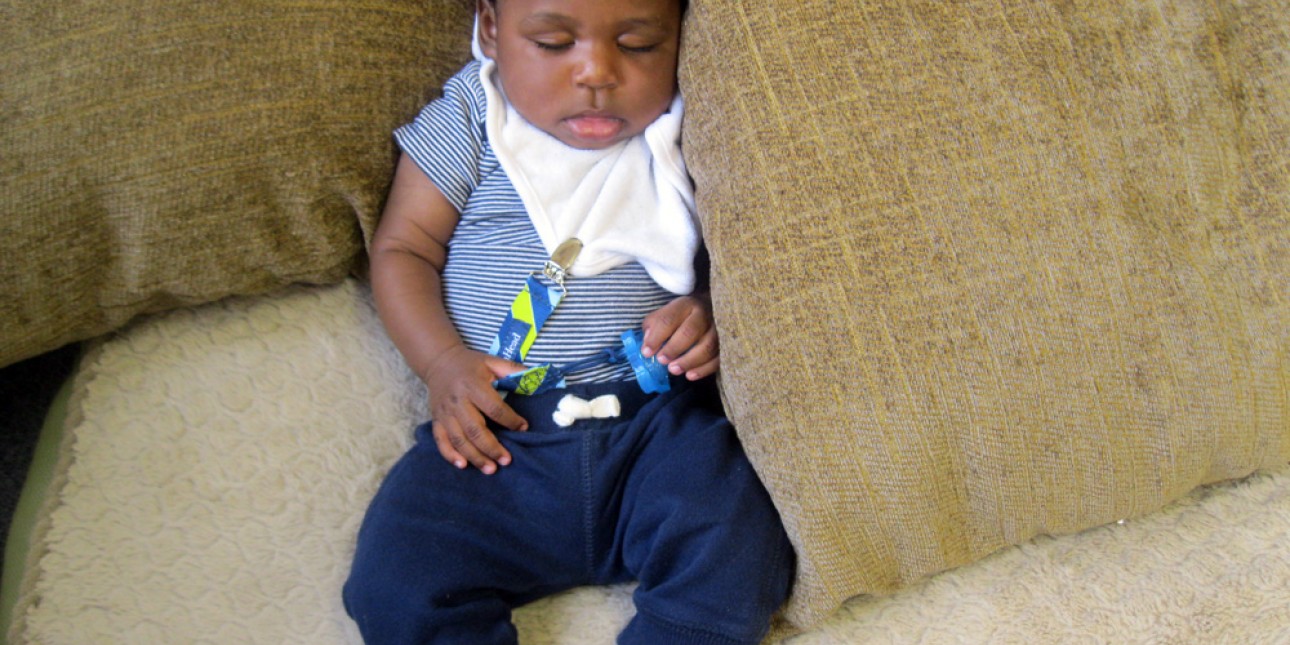Message from Kharma: The Rest Stop

Does putting your child down for a nap or to bed at night seem a little challenging? Are some days more challenging than others? Do you feel like you’ve tried everything?
Few families get through the early years without sleep struggles. Surely, there are no one-size-fits-all or easy answers for sleep challenges. However, routines, consistency, patience and being sensitive definitely help.
Following the cues of your child is a must. Yawning is the most obvious hint, but there are others. Children often exhibit a number of signs such as a “sleepy cry”, pulling on his/her ears, rubbing eyes, or just being fussy. When these signs are obvious, start to slow things down and start nap or bedtime routines.
Routines should be the same day to day, relaxing, comforting and soothing. To have a bed/naptime routine means that it happens as much as possible. Routines provide security for children, allowing them to learn how to adjust their own bodies for sleep. Consistency is key!
Discussing your routines with the teachers in your child’s classroom can be very helpful to ensure that your child gets adequate rest while at PIC. We try very hard to keep to the same routines here as families keep at home. It helps children know what to expect.
After you child turns one, they may fall in love with a favorite soft toy or blanket and need it in order to fall asleep. These can ease separation that children may feel when they are left to sleep.
It is natural and very common for you child to cry out for you. Decide as a family how you are going to respond if your child is in distress when it’s time to go to sleep. Plan for protests and be very patient! Again, letting the teachers know what is happening at home is very helpful as we try to create consistency.
Another thing to take into account is that at different ages and stages of development, children can and most often will exhibit different sleep habits and patterns. Here at PIC, the goal of the teachers is to help infants and toddlers develop healthy sleeping habits so the children can get the rest they need depending on their age.